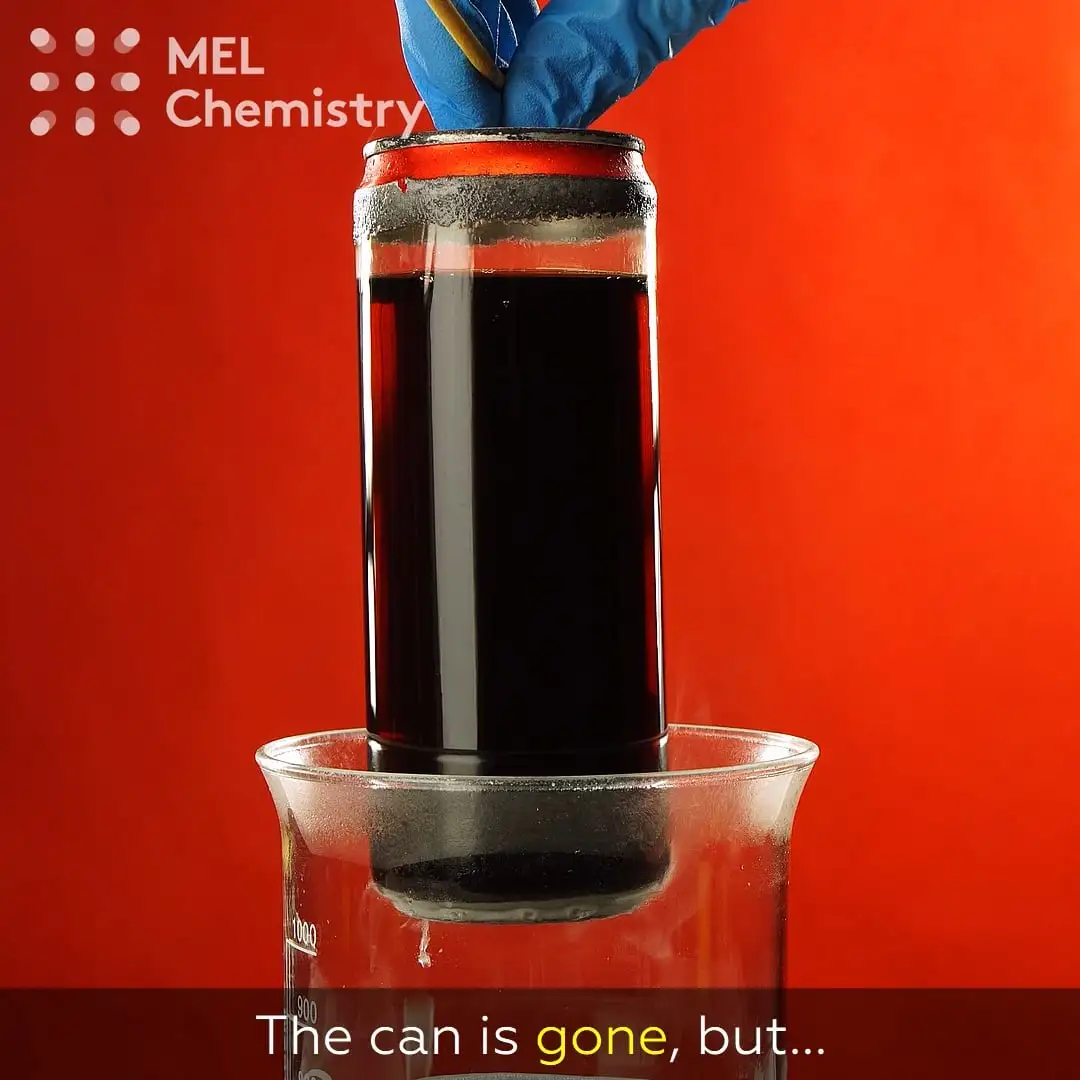I like to put lemon or vitamins (those tablets that also create fizzyness) in my water and have been wondering if it is problematic to do so in my aluminium drinking bottle. I wouldn’t normally think so, since soft drinks also often come in aluminium cans, but I’m not sure. Are aluminium salts even unhealthy?
Your aluminum drinking bottle will have a plastic lining to protect it from leeching into things anyway, so it shouldn’t really matter.
You should really get a steel one instead, regardless. The lining could tear, leech aluminum into whatever you put in there (even water over time) and make it unsafe to use.
Certain types of beverages can definitely cause some types of cans to erode, yes. You’d have to know whether or not your aluminum bottle has an interior lining or not. There are also different types of linings.
Unfortunately, I only know these things from a friend who works in the canning industry so I can’t speak to them with any degree of detail. But some manufacturers get their beverages tested and then have to can them in certain types of cans for that reason.
I have a Quechua bottle that looks slightly yellowish/golden on the inside. Might that be some sort of lining?
that’s probably just anodized aluminum (not lining)
deleted by creator
The yellowish color isn’t lining, lining is only in aluminum cans because it’s cheaper and easier than using thicker aluminum and is usually clear (unless stained). The lining is what gives the cans structure, usually made of epoxy and/or bpa plastic. Without the lining, you can tear a soda can like double thick tin foil. No need for lining in a steel bottle.see the comment below by @schmidtster for the actual use of lining in metal containers, that’s what I get for trying to use something I was told in highschool chemistry.The yellow/golden color on the inside of your bottle is just the metal being stained. Stainless steel isn’t really stainless, just harder to stain because the chromium in it forms its own layer of oxidation that protects from being directly touched. Best guess is that the lemon you put in your water breaks down that oxidation layer before you can drink enough, then the lemon and vitamins/minerals/coloring in the tablets stain the metalI misread op, they have an aluminum bottle so the stainless steel part doesn’t matter. As far as I can tell from the website, the aluminum bottles don’t have a lining (no bpa, didn’t say no epoxy). From the inside being yellow I still think it’s stained by the lemon and tablets even if it’s lined, especially if it didn’t start that wayRemoved by mod
Leave water in those non coated metal containers long enough and it’ll leach from the metal.
in some cosmic sense yeah there will be equilibrium after some time but most of the time it’s just called “corrosion”
I believe the distinction is necessary, corrosion would be the entire bottle “dissolving” which wouldn’t happen with water. With leaching only a few elements would transfer.
What? Corrosion is the surface oxidizing, not the entire thing dissolving.
When the surface oxides, that layer get removed, than the surface oxides, that layer disappears. Repeat ad-nauseam until it’s completely gone.
Dissolving is oversimplifying, but eventually the entire thing will disappear with corrosion.
If it’s a water vessel I’d only put water in it. Aluminum cans are lined with a specially designed polymer liner for the particular food or drink in the can. Your water bottle is likely not. Don’t put anything but water in it.
not sure, bit soda usually has a liner inside so not directly touching the aluminum
there’s a reason beer was the first canned beverage. more acidic things like some sodas corroded aluminum too much until plastic liners were introduced
these fizzy tablets should be ok, but lemon is probably a nope
that said, i wouldn’t care either way too much. if you drink black tea you probably ingest more aluminum this way
Yes, there are health risks connected to aluminum bottles and acidic drinks. Aluminium is reactive to acidic drinks.
https://www.foodpackagingforum.org/news/health-risks-of-aluminum-fcms
Buy a stainless steel bottle. (Or glass or plastics)
Regarding the comments with the plastic coating: I don’t think that applies to bottles. Maybe soda cans. I’ve found this, but that doesn’t sound like a particularly good article:
https://www.isustainableearth.com/green-products/are-aluminum-water-bottles-safe
As others mentioned there’s plastic between the soda and can. You can see it in this NurdRage video. Odds are that your bottle doesn’t have it, so it’s probably a bad idea to store acidic drinks in it. (Including sodas.)
Aluminium salts can be toxic although I’m not sure on how much Al would leak into your drink.
I’m no expert but my understanding is all drinking cans are lined with plastic to withstand erosion.
https://www.ehow.com/facts_7390219_metal-cans-lined-plastic-coating_.html
Aluminum soda cans have plastic linings, because the acids can dissolve the aluminum. What that means for your drinking bottle, I don’t know.








